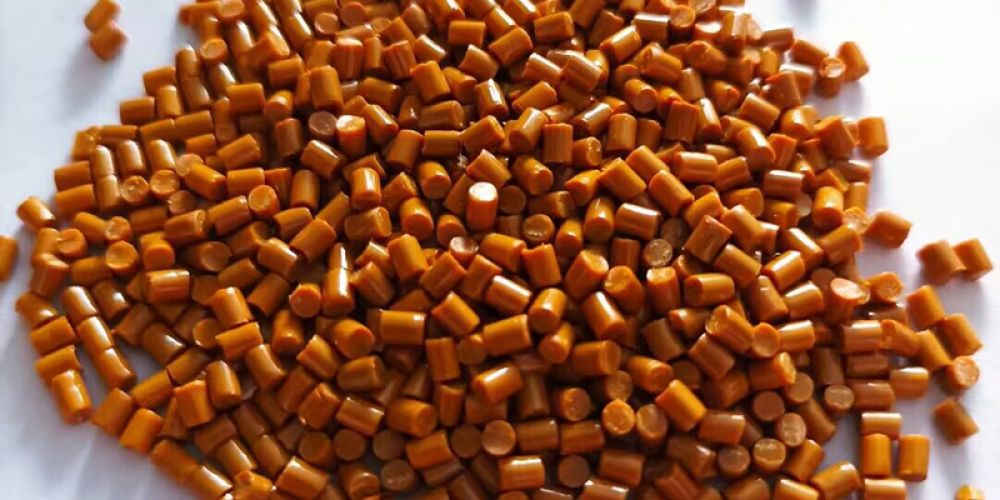
Polyimide engineering plastics can be divided into both thermosetting and thermoplastic types, such as polypyromellitimide (PMMI), polyetherimide (PEI), polyamide-imide (PAI), etc., and have their own uses in different fields.
1. Polyphenylene tetracarboximide (PMMI): PMMI has a heat deformation temperature of 360°C under a load of 1.8MPa, and has excellent electrical properties. It can be used for precision parts under special conditions, high-temperature resistant self-lubricating bearings, seals, blower impellers, etc. It can also be used for valve parts in contact with liquid ammonia and jet engine fuel supply system parts.
2. Polyetherimide (PEI): PEI has excellent mechanical properties, electrical insulation properties, radiation resistance, high temperature resistance and wear resistance, good melt fluidity, and a molding shrinkage rate of 0.5% to 0.7%. It can be molded by injection and extrusion, and is easy to post-process. It can also be combined with other materials by welding. It is widely used in electronics, aviation, automobiles, medical equipment and other industries.
3. Polyamide-imide (PAI): PAI has the highest strength among current non-reinforced plastics, with a tensile strength of 190MPa and a flexural strength of 250MPa. The heat deformation temperature is as high as 274°C under a load of 1.8MPa. PAI has good ablation resistance and electromagnetic properties under high temperature and high frequency, and has good bonding properties to metals and other materials. It is mainly used for gears, bearings and copier separation claws, etc. It can also be used for ablative materials, magnetically permeable materials and structural materials of aircraft.